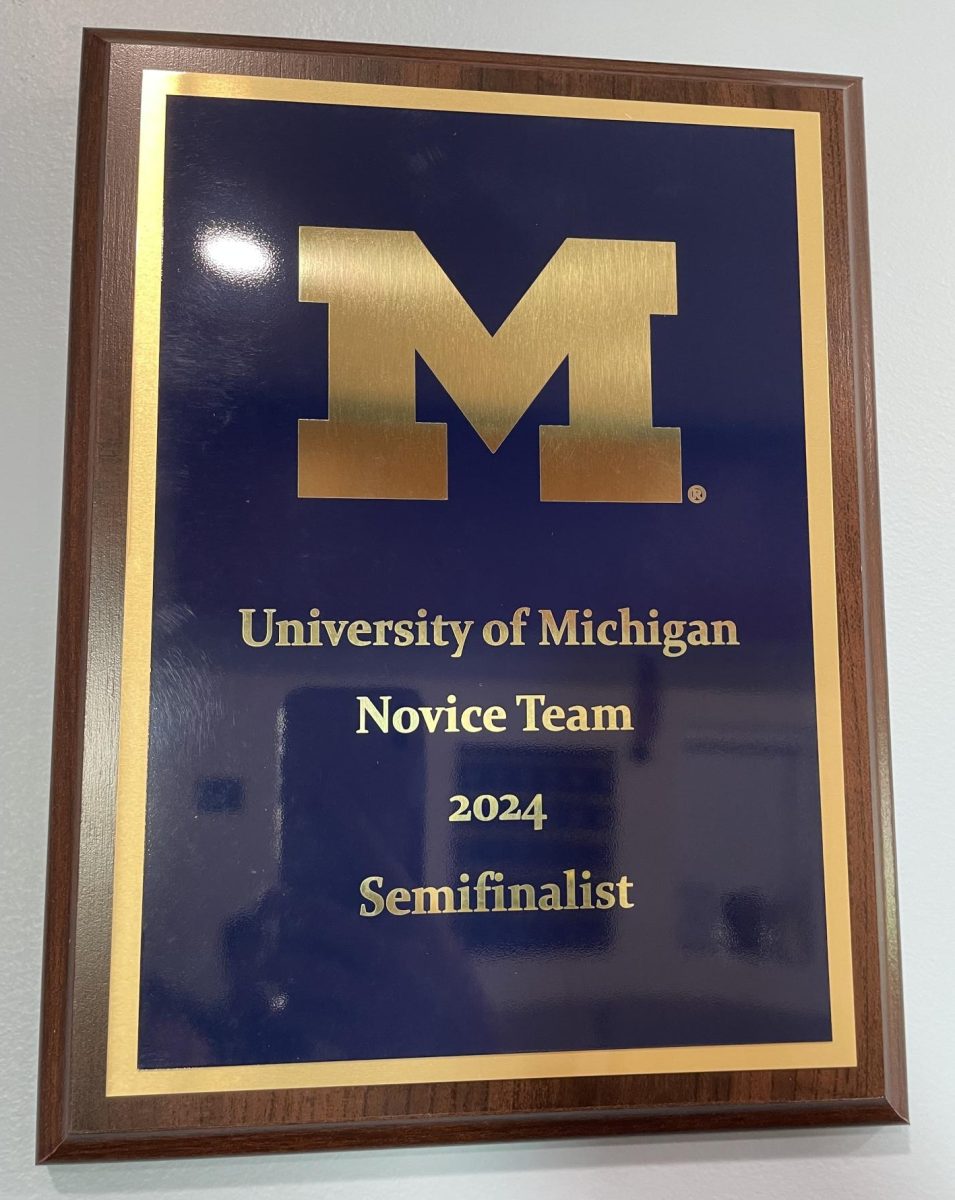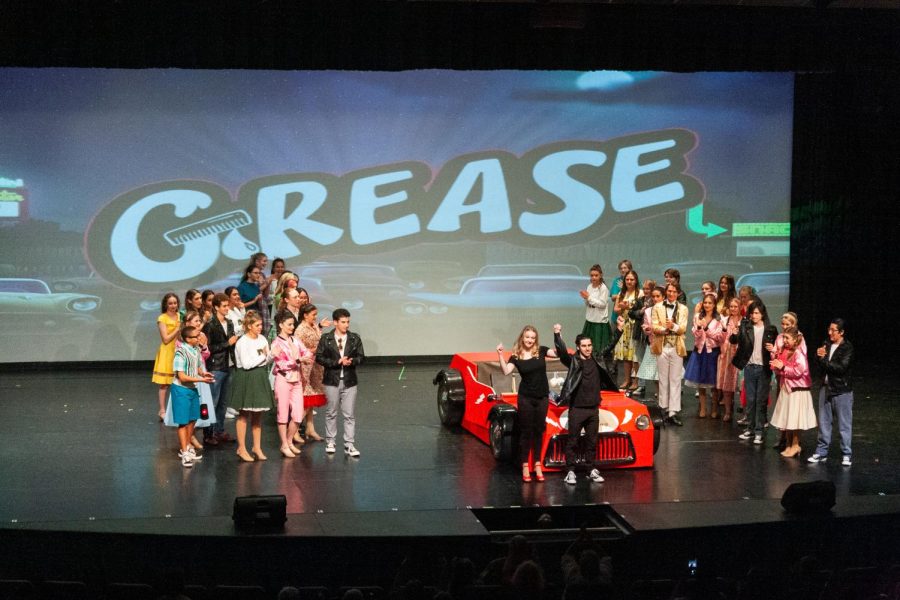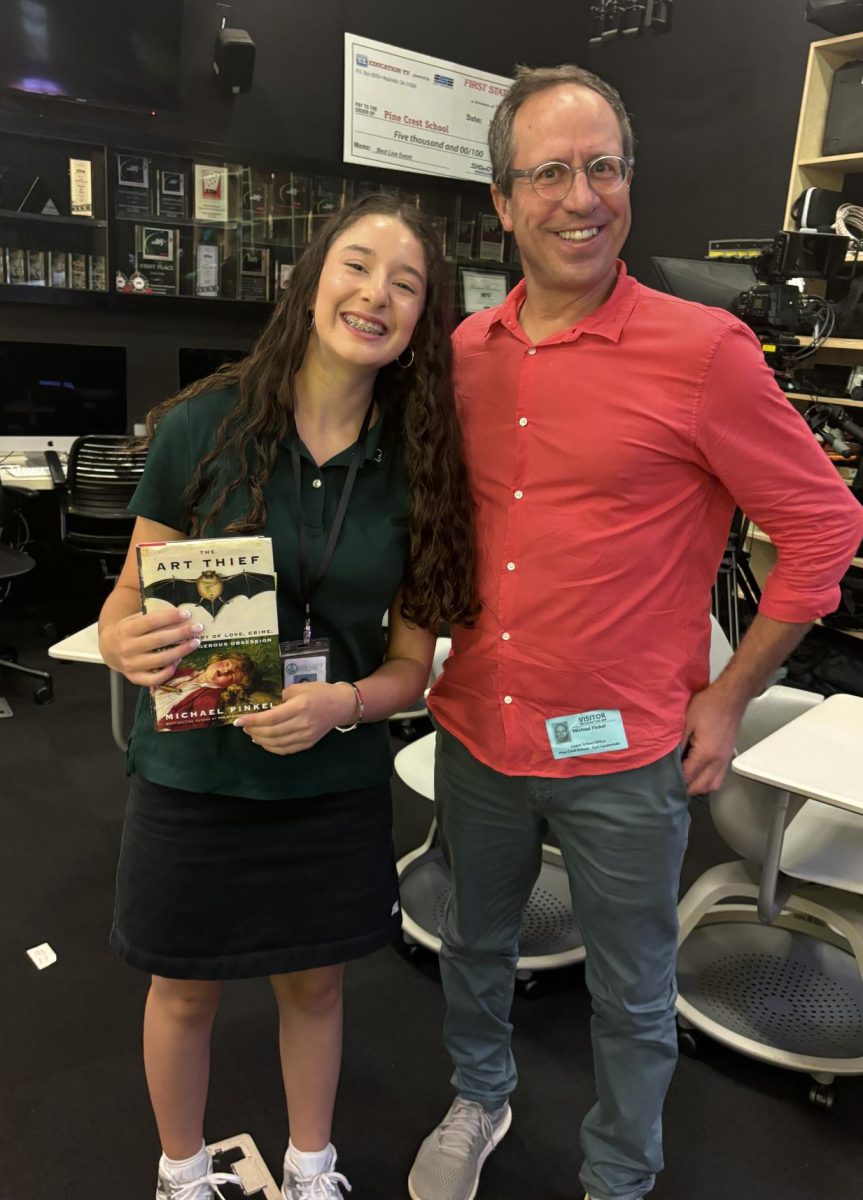The roots of Halloween are in the ancient festival of Samhain, celebrated by the Celtic people. The Celts were a people who lived in what is now Ireland, the UK, and France two millennia ago. They believed that the new year began on November 1st as this day usually marked the end of summer and, with it, the harvest season. It also signified the beginning of winter, and a connotation of death, especially that of humans (to the Celts, at least).
The Celts believed that, on this day, the boundary between the planes of the dead and that of the living became blurred. On the night before the new year, October 31st, the Celts held their Samhain/New Year’s celebration, so the dead in ghost-like form could return to the terrestrial plane of the living.
While these ghosts were believed to damage crops that had not yet been harvested and cause general mischief, the Celts also believed their presence allowed the Celtic priests, or Druids, to predict the future. As the Celts lived and died by the whims of the natural world, these prophecies (regardless of what their potential validity may have been) gave the Celtic people a source of hope and comfort, a point of light in the seemingly infinite darkness of winter.
In the 700s, Pope Gregory III decided to designate the 1st of November as a day to honor all saints. Thus, it became known as All Saints Day. Over time, All Saints Day began to integrate some of the components of the festival of Samhain. The name changed again to All Hallows Eve and then to Halloween. Over the centuries, Halloween has evolved from an ancient Celtic tradition into a day reserved for candy, costumes, companionship, and carved jack-o’ lanterns.
Resources Used:
Editors, History.com. “Halloween: Origins, Meaning & Traditions.” History.Com, A&E Television Networks, 18 Nov. 2009, www.history.com/topics/halloween/history-of-halloween.

































![Stranger Things 4: What to Expect [Warning: Contains Spoilers]](https://pcpawprint.com/wp-content/uploads/2021/11/StrangerThings4-900x473.jpeg)

























































